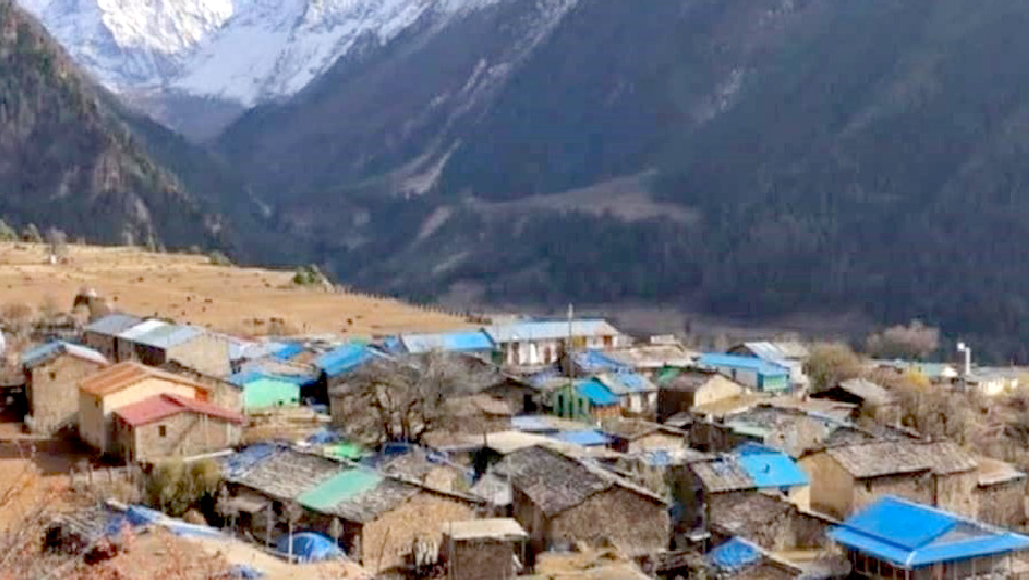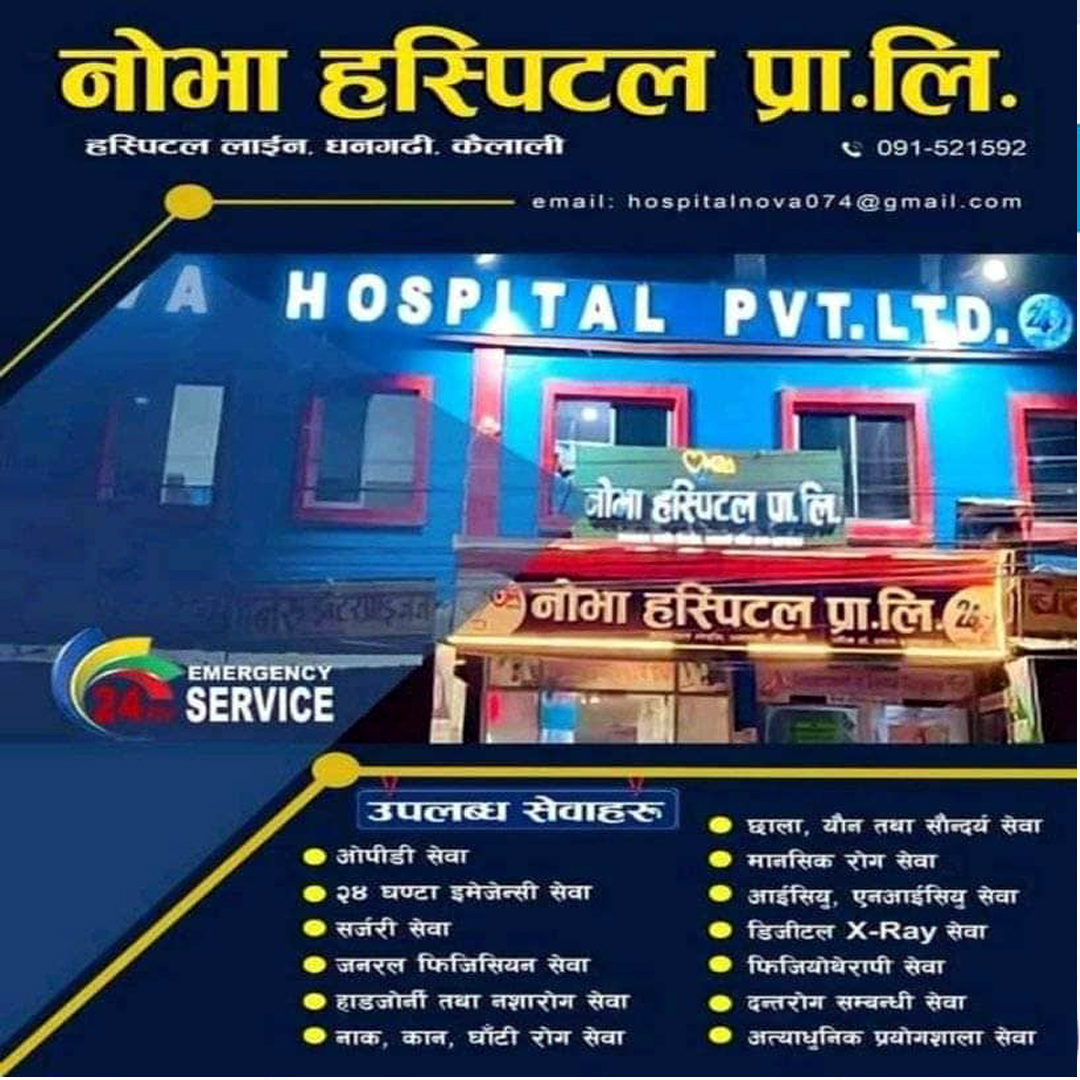Capital spending includes government spending on machinery, equipment, buildings, lands, health facilities, education, research, and other infrastructure (such as roads, bridges, canals, hydroelectricity and energy, communications, and so on), as well as government investments that generate future earnings or dividends and loan repayment.
The SudurPashchim province government has released an annual budget and programs and implemented them since its inception.All budgets presented thus far have set aims and priorities for plummeting poverty, generating mass employment, enhancing health care and education, advancing connectivity (roads, bridges, transportations), stimulating tourism, and speeding capital investment throughout the province.
However, the province has not been doing much progress in capitalbudget spending.
Allocation and Spending
In the fiscal year 2075/76, the province’s overall budget was Rs. 25065.61 million, with Rs. 11714.81 million earmarked for capital expenses, of which only 61.76 per cent (Rs. 7235.31 million) was spent. Similarly, the province presented a total budget of Rs. 28162.04 million for the fiscal year 2076/77, allocating Rs. 13067.21 million for capital expenditures, and expended 71.08 per cent (Rs. 9288.58 million) of the capital budget allocated.
And for the current fiscal year 2078/79, the provincial government has budgeted Rs. 30339.46 million. The development budget is Rs. 17654.05 million, or 58.20 per cent of the whole budget.But the province’s capital expenditure (which includes financial management) is at a dismal 6.99 per cent (Rs. 1266.20 million) till January 11.
These figures show that capital spending by the province has been limited for the past three fiscal years, as well as this fiscal year (after the first five months), which is unsatisfactory. It’s because of severalimpediments the province has faced in completing capital projects, including Covid-19-related lockdowns.
Glitches with spending
One of the major obstacles to enhancing capital budget expenditure in the province is a shortage of technical and non-technical human resources and a failure to properly manage and mobilize those that are available.
Moreover, structural weaknesses in project preparation and implementation, low project readiness, implementing projects without proper planning and preparations, approving and re-approving projects overlooking government criteria, and poor project management are also the major challenges to accelerating capital spending.
In addition, the lack of a working modality, contractor capability, contractorcarelessness after getting the project and delays in payment to contractors, high fiduciary risk in project implementation, and political interference and supplication at the planning and operational levels are all factors that contribute to slow capital spending.
Besides, the provincial ministries and agencies seem lacklustre in implementing the Budget Implementation Guidelines(issued by the Ministry of Economic Affairs) and other economic procedure and financial responsibility laws and directives that have impeded the pace of capital expenditures.There appears to be a lack of financial discipline, fiscal ethics, and integrity during budget implementation.
Furthermore, non-budgetary demands during budget execution, such as requesting an emergency fund release, proposing budgets even for minor projects to make them multiyear projects, and frequent program revisions and virements(especially in the last quarter of the fiscal year), have created obstructions to increasing development budget.
Finally, lack of coordination among provincial ministries and agencies, as well as federal and local governments, and ineffective supervision, monitoring, and evaluation of the projectsare all factors contributing to low capital expenditure performance in the province.
Moving Forward
The above-mentioned issues should be addressed as soon as possible.
For that, the prevalent budget formulation process adopted in the province should be improved. Allocation efficiency should be highly considered while formulating the budget and programs.Importantly, project governance must be followed, a project bank should be established, and a province periodic plan should immediately be formulated.
Besides, the project monitoring and evaluation (M&E) system should be reformed and done regularly. And the M&E reporting system should be changed and made real.
After that, budget implementation action plans and strategies should be prepared and strictly implemented by the line ministries, their related agencies, and expenditure unitsfollowing the Budget Implementation Guidelines issued by the Ministry of Economic Affairs, and other provincial and federal laws, guidelines, directives, and procedures. Also,fiscal discipline and integrity should be maintained at the government and administrative levels.
Moreover, the provincial government should immediately approve the Organization and Management Survey and then allow the Province Public Service Commission to advertise for vacant positions to address the province’s current human resource unavailabilityto run development programs and deliver effective public service.
On the other hand,the federal government should stop allocating budgets for petty programs and projects under conditional grants and should break the tendency of transferring the budget and programs at the conclusion of the fiscal year. Regarding special and complementary grants, the provincial government should continue to propose funding for ongoing (multi-year) programsuntil they are completed. Also, the duplication in the programs must be ended.
To conclude, for the budget and programs to be implemented effectively, good administrative and political relations are essential. Only then will the province be able to accelerate its capital spending, resulting in improved service delivery, massiveemploymentgeneration, and inclusive economic growth and development for the province and its citizens.
(Writer works as a Section Officer for the Ministry of Economic Affairs in SudurPashchim Province)


































